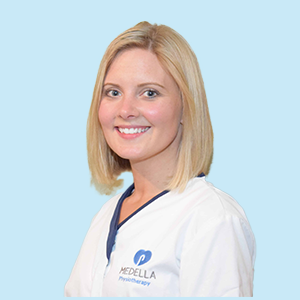November’s arrival brings darker evenings and a distinct chill in the air, making it tempting to slow down. However, this is the perfect month to focus on indoor routines that keep you safe, comfortable, and strong. This guide offers gentle, practical ways to stay active and prepare your home for the winter ahead.
Key Takeaways
- November is an ideal time to focus on indoor safety and comfort.
- Gentle, regular movement can help manage joint stiffness in cold weather.
- Adapting your daily routines can help you conserve energy for activities you enjoy.
- A few simple home adjustments can significantly improve your safety and confidence.
In This Article
Preparing for Winter: A Proactive November
As we transition fully into winter, being proactive is key. November is the ideal time to establish sustainable indoor habits that support both your physical health and your well-being. By focusing on maintaining mobility and creating a safer home environment, you can build confidence and resilience, ensuring you feel secure and independent throughout the coldest months of the year. It’s not about strenuous activity, but about consistent, gentle movement.
A Physiotherapist’s View: Managing Joint Comfort and Strength
Many people find that cold and damp weather can make their joints feel stiff and achy, particularly those living with arthritis. It is a common misconception that you should rest sore joints; in fact, gentle movement is one of the most effective ways to manage discomfort. A specialist physiotherapy approach for arthritis focuses on exercises that improve flexibility and strengthen the muscles supporting the joints, which can help to reduce pain. Always remember to warm up with a few gentle movements before you start, and never push through sharp pain. Maintaining lower body strength and balance remains crucial for preventing falls, especially as we are less active outdoors.
An Occupational Therapist’s View: A Safe and Energy-Efficient Home
An occupational therapist can help you find practical ways to make daily life safer and easier. In winter, a key focus is on energy conservation. Simple strategies like sitting down to prepare vegetables or spreading tasks throughout the day can make a huge difference. Our occupational therapy services often involve looking at the home environment. Could a small trolley help you carry meals or laundry safely from one room to another? Are frequently used items within easy reach? Breaking up long periods of sitting is also vital. Try setting a reminder to get up and stretch every hour, or march on the spot during television adverts.
Recommended At-Home Exercises
Safety First: The following exercises are for general guidance only. They should be performed in a safe, clear space, and you should stop immediately if you feel any pain. It is always best to consult with a qualified physiotherapist before starting any new exercise programme.
1. Hand and Finger Stretches
Gently open your hand and stretch your fingers wide, holding for 5 seconds. Then, slowly close your hand into a soft fist. This is excellent for maintaining flexibility and easing stiffness in the hands.
Reps & Sets: Repeat 10 times on each hand.
2. Seated Heel-Toe Raises
While sitting upright in a chair, keep your heels on the floor and lift your toes up towards the ceiling. Then, place your toes on the floor and lift your heels. This simple “rocking” motion promotes circulation in the lower legs.
Reps & Sets: Aim for 15–20 rocks. Complete 2 sets.
3. Seated Torso Twists
Sit tall in a chair with your feet flat on the floor. Cross your arms over your chest. Gently and slowly twist your upper body to the right, hold for a moment, and return to the centre. Repeat on the left side. This helps with spinal mobility.
Reps & Sets: 8–10 gentle twists to each side.
Moving Towards a Cosy and Confident Winter
By taking a few thoughtful steps in November, you can create a safe, comfortable, and active home environment for the winter. Gentle exercises to ease joint stiffness, coupled with practical strategies for daily living, can empower you to maintain your independence and well-being. Remember that every small movement counts towards a healthier and more confident you.
The information in this article is intended for general educational purposes only and is not a substitute for professional medical advice. Always seek the advice of your GP or another qualified health provider with any questions you may have regarding a medical condition. Do not disregard professional medical advice or delay in seeking it because of something you have read in this article.

